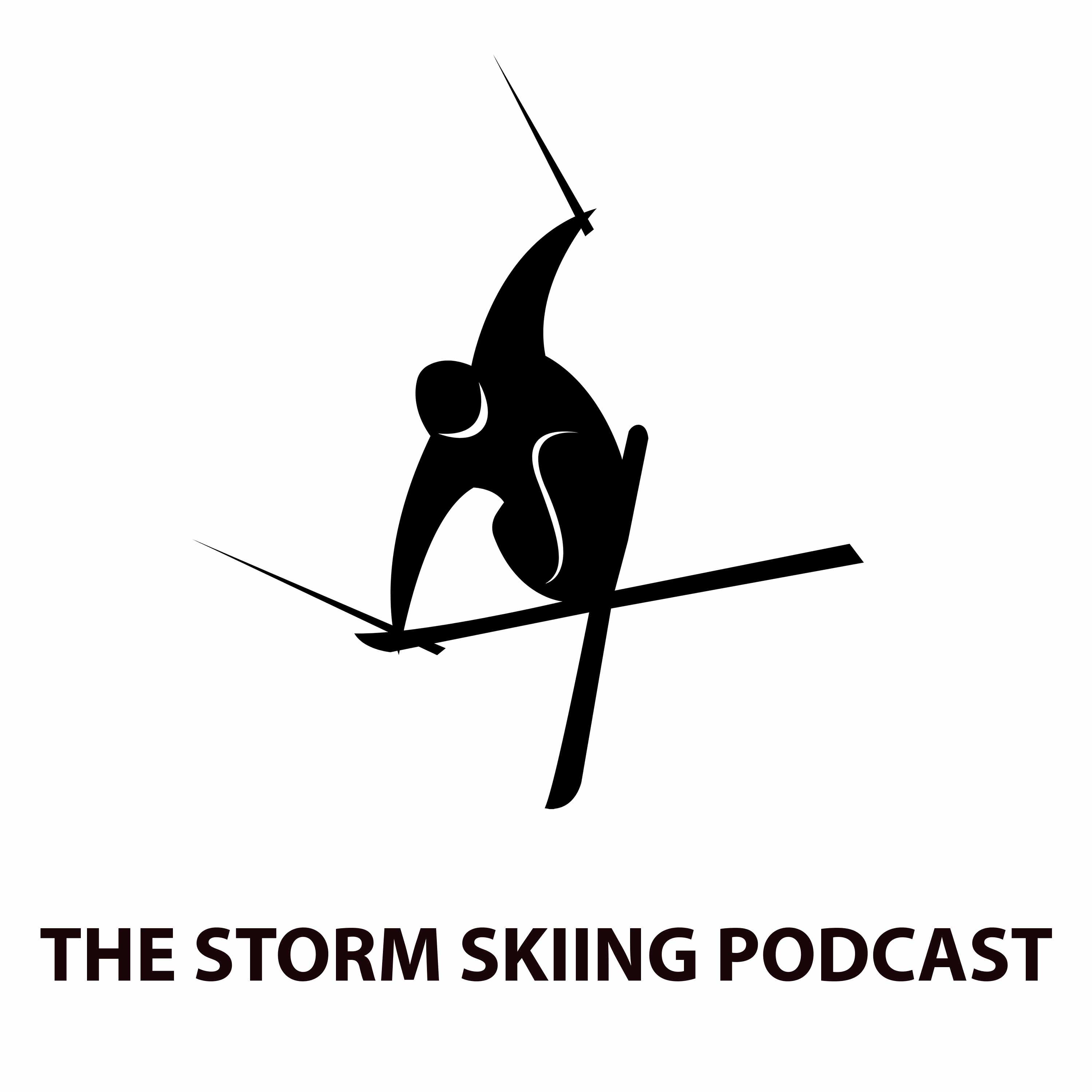Podcast #145: Snowbird President & General Manager Dave Fields
Description
This podcast hit paid subscribers’ inboxes on Sept. 29. It dropped for free subscribers on Oct. 6. To receive future pods as soon as they’re live, and to support independent ski journalism, please consider an upgrade to a paid subscription. You can also subscribe to the free tier below:
Who
Dave Fields, President and General Manager of Snowbird, Utah
Recorded on
September 18, 2023
About Snowbird
Click here for a mountain stats overview
Owned by: Powdr
Located in: Snowbird, Utah
Year founded: 1971
Pass affiliations:
* Ikon Pass: 7 days, shared with Alta, no blackouts
* Ikon Base Plus Pass: 5 days, shared with Alta, holiday blackouts
* Ikon Base Pass: 5 days, holiday blackouts
* Mountain Collective: 2 days, no blackouts
* Altabird: unlimited access
Closest neighboring ski areas: Alta (1 second), Solitude (:39), Woodward Park City (:39), Brighton (:42), Park City (:47), Deer Valley (:55) - travel times vary dramatically depending upon weather and time of day and year.
Base elevation: 7,760 feet (at Baby Thunder)
Summit elevation: 11,000 feet (at Hidden Peak)
Vertical drop: 3,240 feet
Skiable Acres: 2,500
Average annual snowfall: 500 inches
Trail count: 140 (35% most difficult, 38% intermediate, 27% beginner – this is the official breakdown by trail name; anyone who has skied Snowbird knows that the count is closer to 99% Oh S**t, 1% for mortals)
Lift count: 14 (1 tram, 6 high-speed quads, 4 doubles, 3 conveyors)
Why I interviewed him
Since I’ve skied hundreds of ski areas and I write about them incessantly, people often ask me which one is the best, or at least which is my favorite. It should be a hard question to answer. Nothing else in America delivers the drama of Big Sky, the energy of Palisades Tahoe, the aura of Aspen-Snowmass, the sprawl of Vail Mountain. How could I possibly choose a winner? But it is not a hard question to answer. Because the answer is Snowbird and Alta. And nothing else comes close. Not in Utah. Not in Colorado. Not in Tahoe. Not up and down the Rockies. Not in Alaska. Not in BC. Yes, I’m including Whistler. There is no better skiing.
One lift to the top. Three thousand feet of sustained pitch. Five hundred inches of snow – on average. Last season, 838. That’s more snow than the Poconos have tallied in every winter since the Lincoln Administration, combined. And all of it like a bag of cottonballs, so light it’s a wonder the stuff doesn’t float off into the sky. The terrain: vast, varied, labyrinthian, mesmerizing, scarcely groomed. Trees like Narnia, spaced for loping pow turns, chained one to the next by snow meadows smooth and ever-rising. Big open bowls. Chutes stacked off The Cirque like weapons arrayed along an armory wall. Hidden Peak. Mineral. Baldy up top. Alta through the gate. Amazing.
That such a place exists at all is a stunning confluence of a dozen natural phenomena. That this snowy freefall sits not in some sawtoothed Alaskan range 600 miles from the nearest road, but 34 miles – half of it interstate – from a major international airport is one of the most amazing facts that I’m aware of. And I’ve witnessed human birth. Twice.
Snowbird is so good that it’s hard to imagine how we’d think about great ski areas if it didn’t exist. Like contemplating the best basketball player if there’d been no Michael Jordan, or arguing over the best way to light a room prior to the invention of lightbulbs. Whatever you think of as the attributes of a great ski area - and by that I mean the skiing, not the shopping or the apres or the wacky tire-tube races - Snowbird transcends them all.
Of course, Alta, as a brand and as an organized ski hill, was there first (by 33 years), and it shares Snowbird’s every attribute, with a bit more soul and a bit more snow and a bit less flash and lift-served vert. Part of the Snowbird mystique is proximity to – and the direct connection with – its atmospheric neighbor. If Snowbird stood alone on some Utah steppe, perhaps it woul
More Episodes
Published 11/17/24
Published 11/12/24


